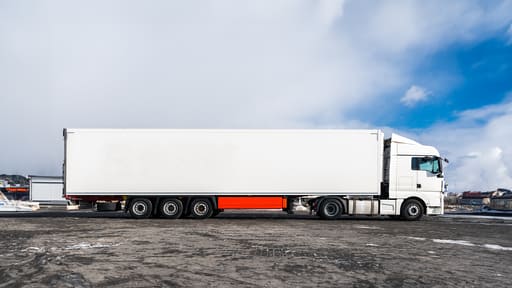
Definition
High risk –high value load refers to goods or cargo that are deemed to have a high risk of being lost, damaged, or stolen during transportation, and have a high monetary value.
Explanation
High risk –high value load is a term commonly used in the logistics and transportation industry. It is used to describe goods that are considered to be at a higher risk of being damaged or lost during transit, and are also of significant value. These goods may include high-end electronics, luxury goods, pharmaceutical products, and valuable artwork.
Transporting high risk –high value load requires specialized handling and security measures to ensure the safe delivery of the goods. This may include using specialized packaging, tracking systems, and even security escorts.
Risk factors
The high risk associated with this type of load can be attributed to various factors, including:
- High monetary value: The goods being transported are of significant value, making them a target for theft.
- Vulnerability to damage: Some goods, such as fragile items are more susceptible to damage during transit.
- High demand: Certain goods, such as luxury items, are in high demand and may be targeted by thieves.
Precautionary measures
To mitigate the risks associated with high risk –high value load, various precautionary measures are taken, including:
- Specialized packaging: Goods are packaged in a way that provides maximum protection during transit.
- Tracking systems: Advanced tracking systems are used to monitor the location and condition of the goods throughout the transportation process.
- Security escorts: In some cases, security escorts are hired to accompany the goods during transit to ensure their safety.
- Insurance: High risk –high value load is often insured to provide financial protection in case of loss or damage.